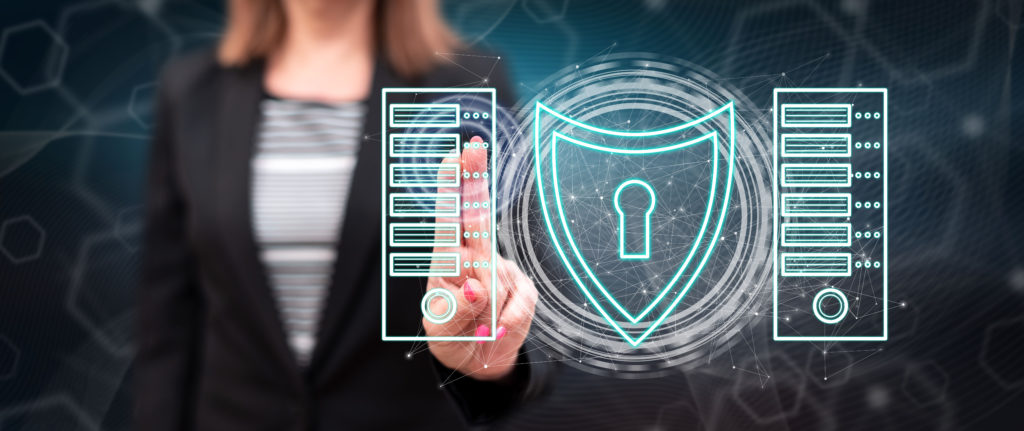Many thought that the advent of cloud technologies would sound the death-knell of onsite servers and with it increase carbon-neutral credentials of organisations. The Microsoft sustainability calculator is one PowerBI tool to help calculate what your carbon savings may look like.
Cloud Data Centres are growing and although reducing I.T. onsite or what is deemed as “Scope 1 – directly under the control of an organisation”, is shifting the energy consumption into “Scope 3 – all other emissions”, which are not required to be reported upon, so in reality, is not a reduction, more shifting the responsibility.1
One project found us working with Condusiv technologies; Diskeeper and V-Locity are great products that deal with fragmentation on completely different server technologies. The technologies that Condusiv provides help deal with the root cause of the problem by optimising the workload of the servers or workstations be they physical or virtual. The measurable improvement in workload was over a quarter in the practical implementation.
You can provide quantifiable real-world analytics on carbon savings measured in total metric tons of carbon equivalent (MTCO2e) with both solutions.
Approaching this from another I.T. perspective, the wireless network or WiFi is an element of I.T. that everyone requires, but they know little or care less about how it happens. Our partners at Ekahau, whose tools are exceptionally good at analysing and troubleshooting WiFi, provide a training methodology to help optimise your WiFi signals, so they too use less power by getting the WiFi setup right.
It is not as simple as I made it sound, but a lousy WiFi setup can waste so much energy. Take the example of the physical environment. If the WiFi setup is not suited to its’ surrounding space, it can react adversely. The signal is either blocked or unable to reach its’ destination, so it has to repeat the signal transmission until it can get there or repeat so many times until it fails. The same situation occurs with poor WiFi hardware set up or incorrect equipment, like the wrong aerials or misplacement of access points.
Computers in business have historically been a wasteful throw-away economy that does not fit the current ethos. How many corporate organisations claim “carbon neutrality”, yet when you examine the financials, they either move services to a scope3 or offset their carbon emissions by selling it to someone else to deal with the issue. The ideal is to break the cycle; we have successfully developed and deployed solutions using refurbished or renewed I.T. equipment that does not compromise the quality, usefulness or performance and is better for the environment.
These perspectives are what an excellent CIOaaS strategy from ALC can bring to any organisation, big or small. Ascot London Consulting has built its’ knowledge around the care, focus, and service provision of best practices and partners who can provide a better, greener, decarbonised future.
More great tools released by Google and Amazon to help calculate your carbon footprint are linked here depending on your environment:
Google Cloud Platform – Carbon Footprint
AWS – Customer Carbon Footprint Tool
Microsoft Sustainability Calculator
Innovating your I.T. and people strategy is an integral part of your organisations’ route to decarbonisation. Exploring new ways to innovate your approach to technology involves more than systems or services. Looking at changes to business models, supply chains, security, and how your organisation handles and governs information is crucial in the innovation process.





